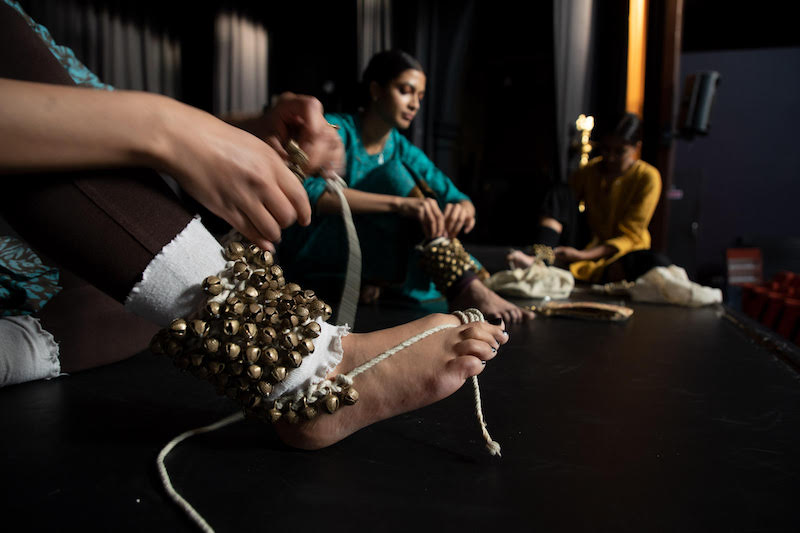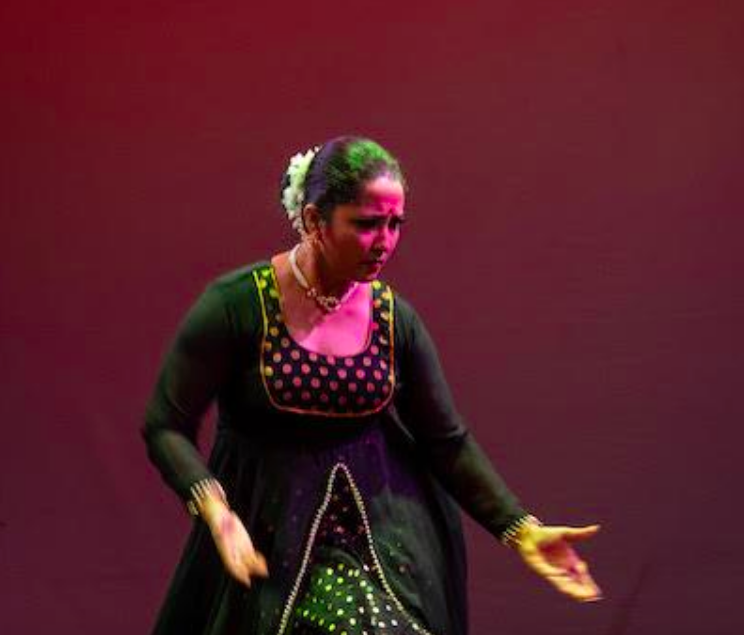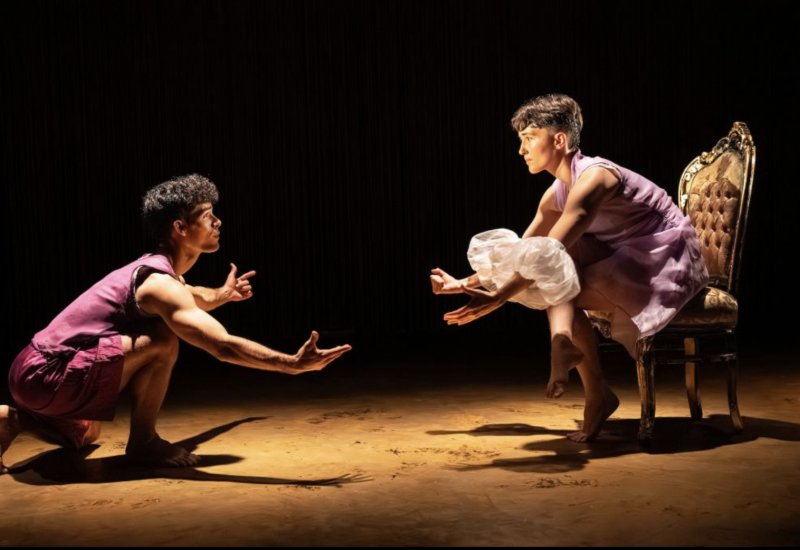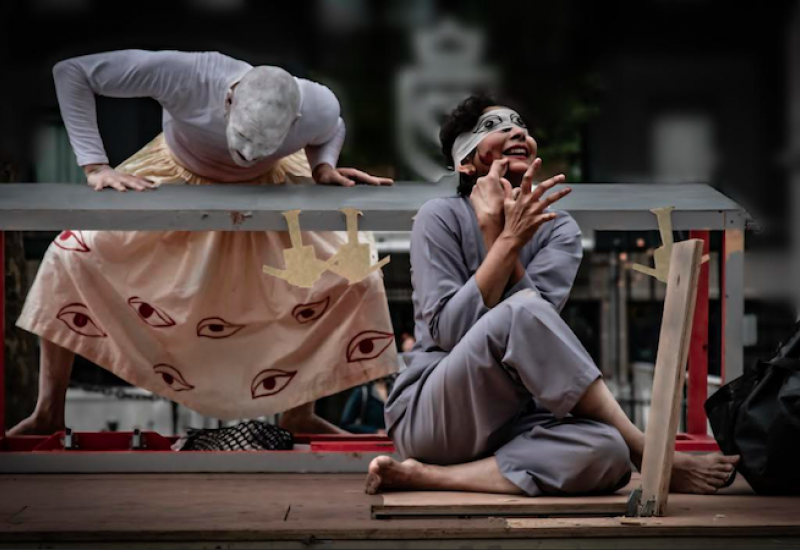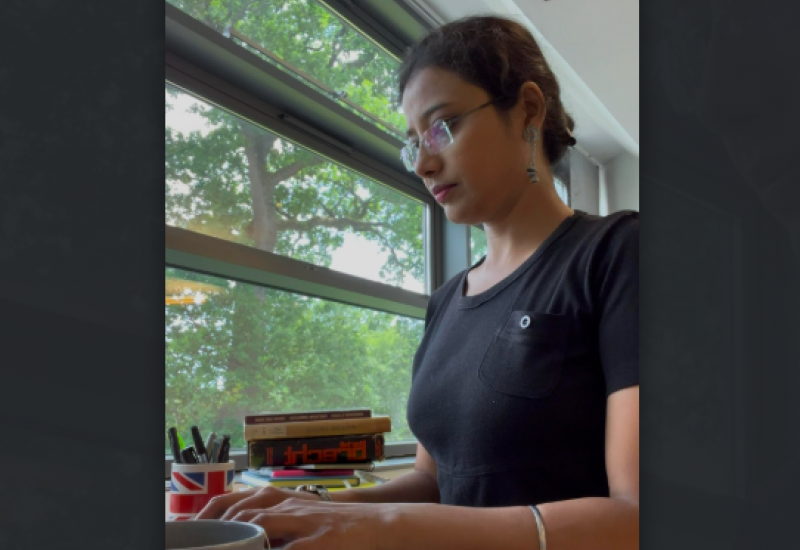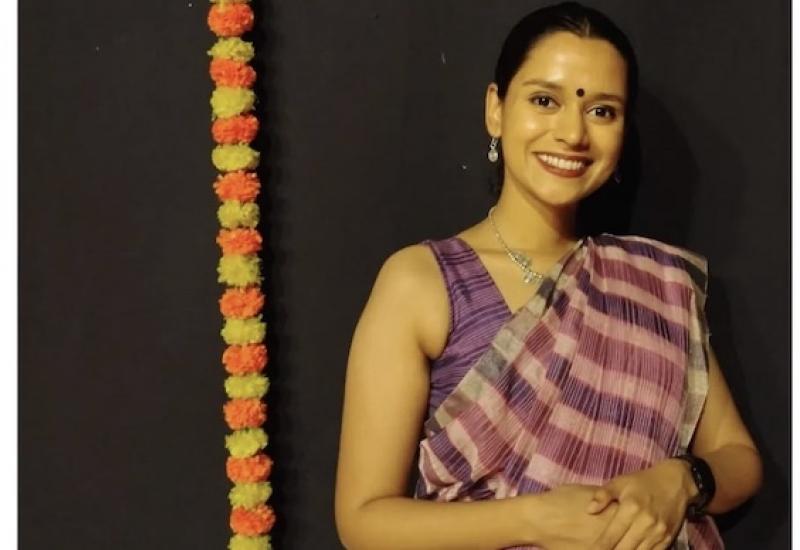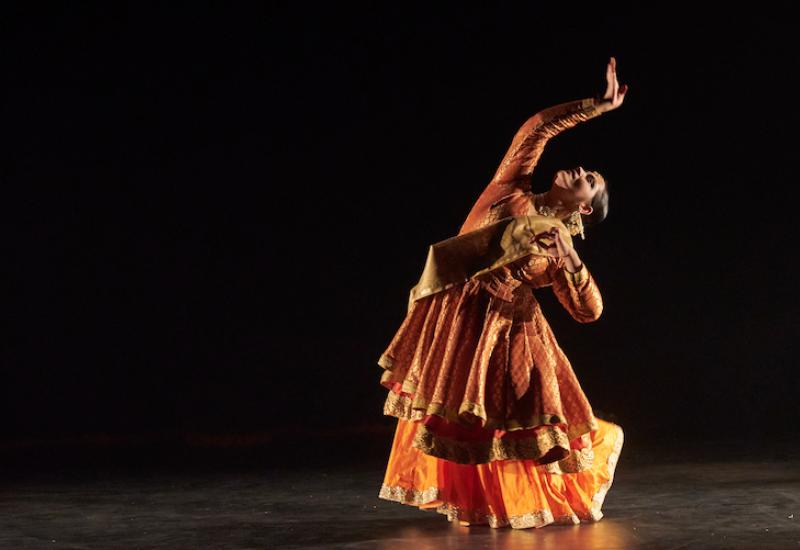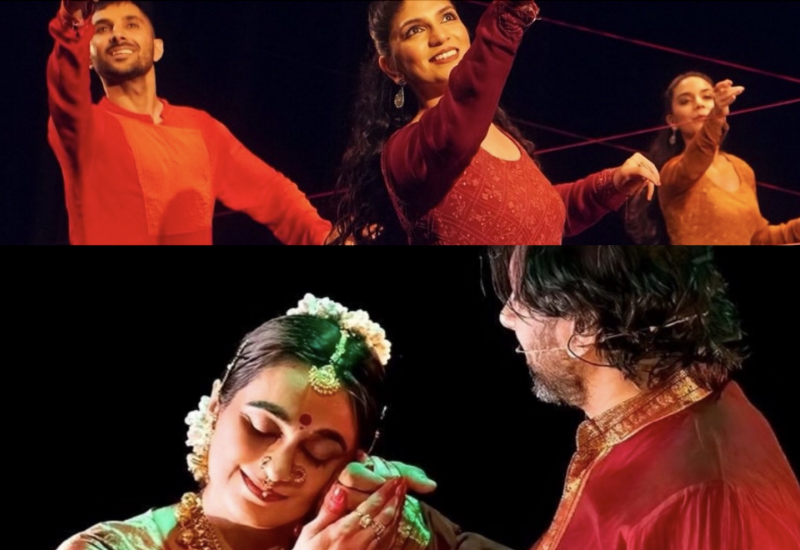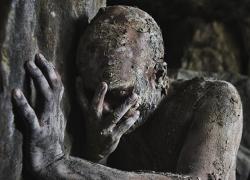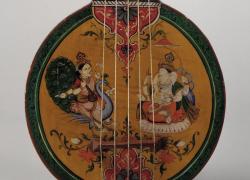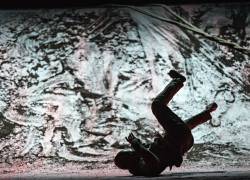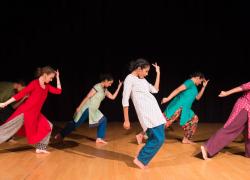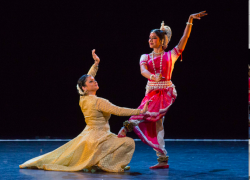A Classical Exploration: Mahadev
Shivaangee Agrawal reports on Mahadev: the Journey of Shiva,
Presented by Ashwini Kalsekar,
8th January 2020,
Watermans Theatre, Brentford
Images: Vipul Sangoi
“Ashwini refused to look beyond the classical - it was very refreshing”. Anusha Subramanyam, mentor to Ashwini Kalsekar on this project, aptly captured the premise of the evening. In an endeavour to create new classical repertoire, Ashwini Kalsekar has been developing a new Kathak work over the past six months, and shared the outcomes of this research in an evening entitled ‘Mahadev’.
A documentary film, screened onstage prior to the sharing, gave her and her artistic team a chance to elaborate on the motivations behind this project. Ashwini explained that she wanted to find ‘the truth behind the mythology’; to dig deeper into the stories she had been told as a child and as a dancer, to find her personal connection to them. It was indeed refreshing to know that such an unpretentious curiosity, grounded in the classical form, could be supported by the Arts Council.
Dressed in the same black and gold costume, Archita Kumar, Saloni Saraf and Vidya Patel joined Ashwini to perform a selection of pieces that revolved around the central deity of Shiva. Despite different training backgrounds, the dancers had been brought together to learn Ashwini’s particular movement patterns, and presented much of the work in unison. It was clear that the focus was to be on the actual movement vocabulary, rather than the individual dancers; this was echoed by Saloni in the docu-film, where she mentioned that the dancers enjoyed studying the motivations for each carefully selected and composed movement. Despite these efforts to forefront the movement material, I couldn’t help but pay attention to the subtle idiosyncrasies of the dancers on stage, which I thought kept the choreography alive.
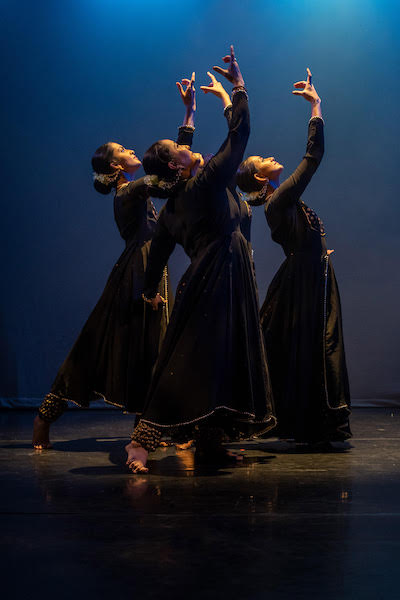
Ashwini had also paid careful attention to the spatial design of the ensemble. Each piece contained satisfying trajectories across the stage, with the dancers creating and breaking patterns in their spatial relation to one another. A memorable moment was in the Natya Geet Soham Har Damaroo Baje, which after being danced across a large part of the stage, saw the dancers suddenly join forces in the centre, creating an intensified source of sound from bells and footwork. A highlight of the evening was a presentation of the mantra Om Trayambakam Yajamahe, which upturned the usual musical arrangement; the live vocalist Prachi Ranade was singing centre stage and standing close to Ashwini, who delved into the meaning of the mantra through abhinaya. Both expressing bhakti, they stood close enough to seem like the same devotee. Archita, Saloni and Vidya took the side-stage positioning of accompanists, providing a rhythmic underpinning to the vocals with a constant score of footwork. This un-layering then re-layering of the kathak form had me dreaming of more presentations of classical dance in this acapella style. It went down so well with the audience that an encore was loudly requested and delightfully delivered.
This project seemed to be primarily about Ashwini’s development as a classical choreographer, but exuded a sense of artistic community nonetheless. Jaivant Patel and Anusha Subramanyam worked closely with Ashwini as consultant producer and mentor respectively, and other practitioners such as Sujata Banerjee, Nupur Arts, BHAVANS, Shivani Sethia and Kirti Kala Mandir were called out to for their support. In particular, I was struck by the role of the dancers. Though Ashwini made a point during the Q&A to praise their UK-based dance education in making them fast learners with high versatility, the dancers in turn emphasised that this project had been a rare opportunity outside of their usual training to increase their grasp of Kathak. Archita Kumar commented that participating in this R&D had enriched her classical practice by challenging her to find new pathways through familiar vocabulary. There was a palpable sense of joy and optimism in the Watermans Theatre, which was nearly fully sold out. Fingers crossed for more ACE-funded projects of this kind.
